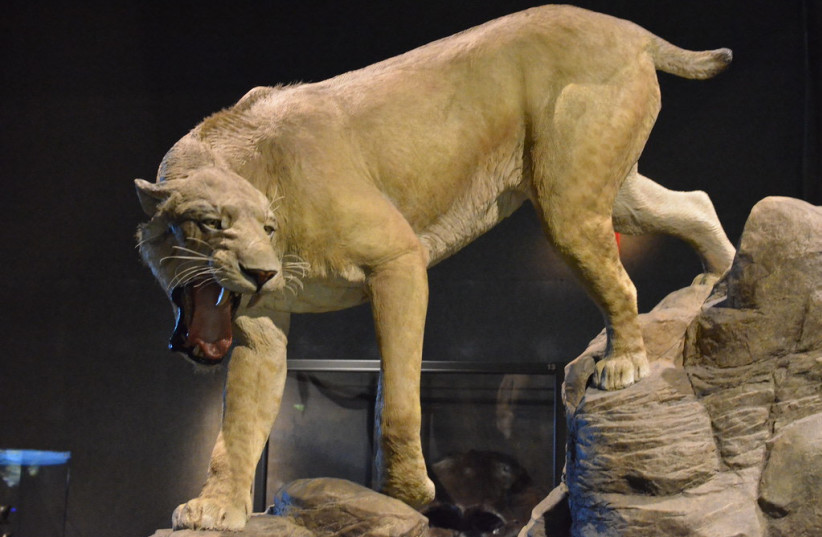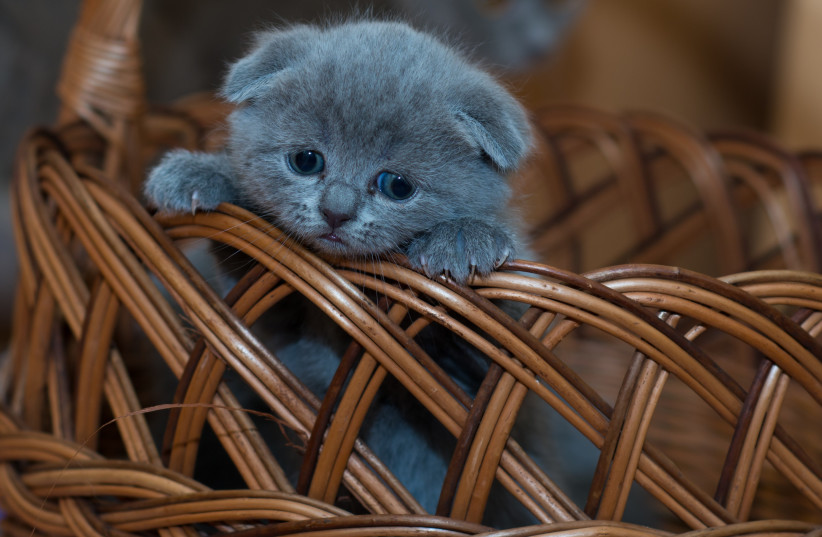Purring predators: The adorable secret of saber-toothed tigers
The purring domestic cats of today may have more in common with their fearsome prehistoric ancestors than we thought.
The prehistoric sabretooth tiger may have used a soft purr, more similar to house cats, rather than the roar of contemporary big cats, new research from North Carolina State University has suggested.
The study examines the bone structures of the long-extinct animal and was published in August 2023 in the peer-reviewed journal Journal of Morphology.
Cats, big and small, are divided by scientists into two categories.
The first category, Pantherinai, encompasses big cats such as lions and jaguars, and the second, Felinai, groups together smaller cats - including domestic cats - as well as cougars and other wild cats.
Whereas Pantherinae are able to roar, Felinae produce the soft purr familiar to many, their larynx not being stiff enough to produce a roar.
Although neither roaring nor purring requires the cat to use any of its bones, scientists have noticed that cats producing these different sounds have different bone structures connecting to the tissues that are used.
“While humans only have one hyoid bone, purring cats have nine bones linked together in a chain and roaring cats have seven. The missing bones are located towards the top of the hyoid structure near where it connects to the skull.” Ashley Deutsch Ph.D., a co-author of the study explained.
Sabretooth tigers had striking similarities to purring cats
Although the sabretooth tiger only had seven bones in its hyoid structure, closely resembling that of a large cat, the size and shape of the structure appear more similar to that of smaller purring cats, according to the study.
Having a bone structure so similar to that of purring cats led the researchers to question whether the sabretooth tiger may have given a soft purr rather than an awesome roar after all, despite any individual bone that may have been missing.
“It is perhaps most likely that the size of the hyoids plays a role in the pitch of vocalization. Although the sabretooth tiger wasn't quite as big as the largest modern cats, its hyoid bones are substantially larger than those of any of their living relatives, so potentially they had deeper vocalizations than the largest tigers and lions.”




No comments:
Post a Comment